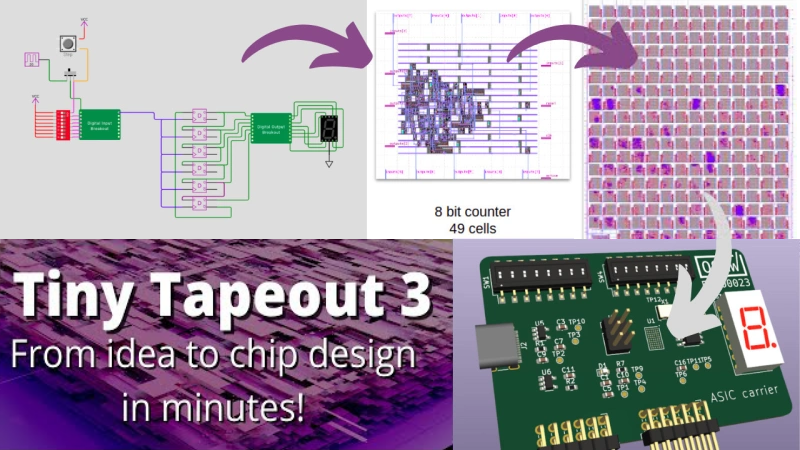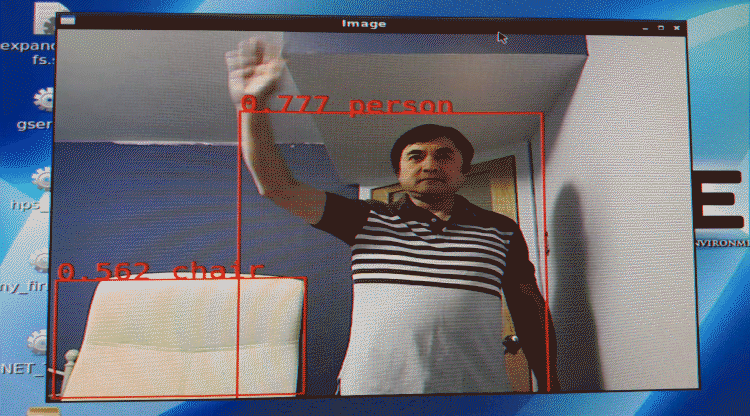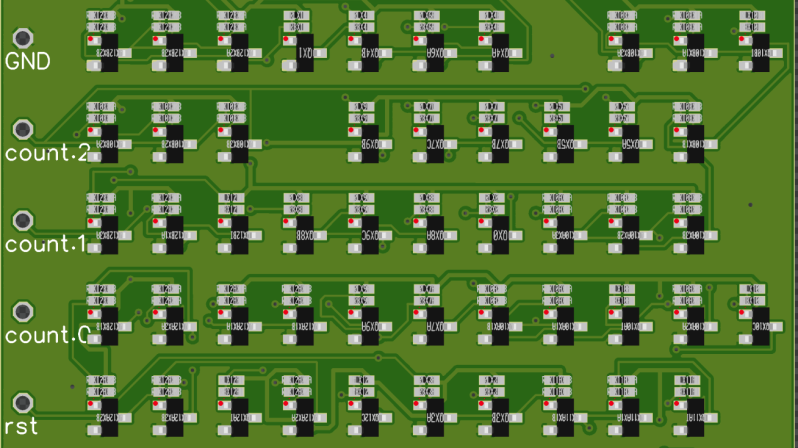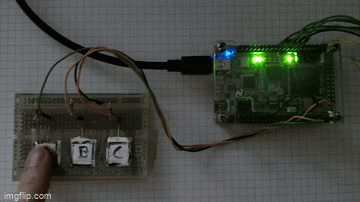The Spade Hardware Description Language

Spade is an open-source hardware description language (HDL) developed at Linköping University, Sweden. Other HDLs you might have heard of include Verilog and VHDL. Hardware engineers use HDLs to define …read more Continue reading The Spade Hardware Description Language





